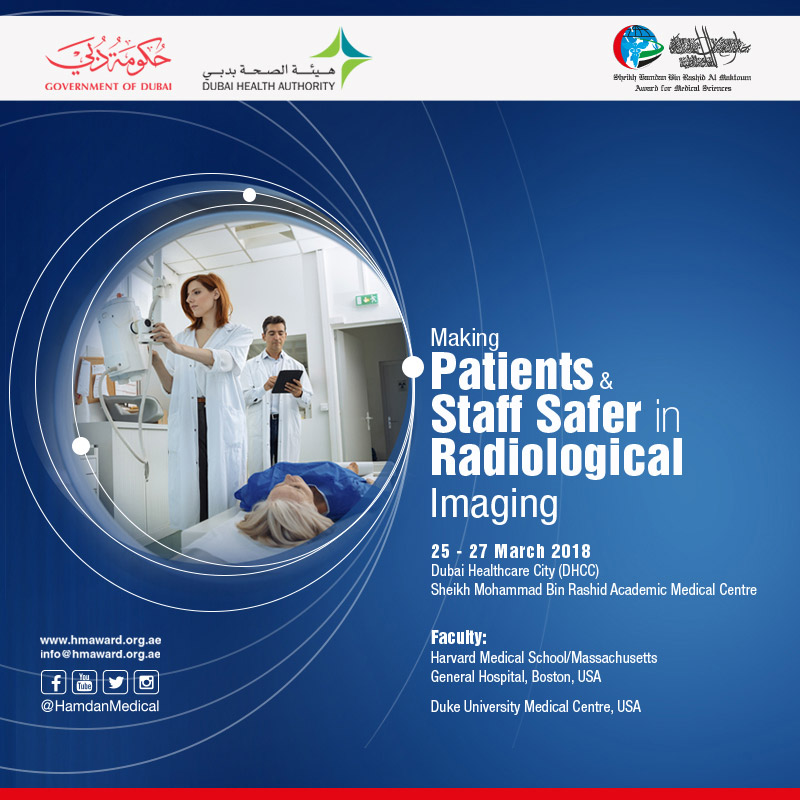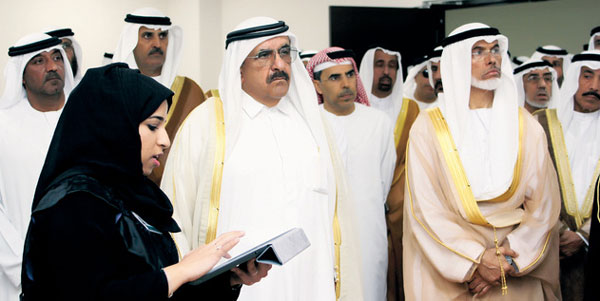H.H. Sheikh Hamdan Bin Rashid opens the 1st sustainable building in UAE
20 February 2013
H.H. Sheikh Hamdan Bin Rashid Al Maktoum, Deputy Ruler of Dubai, UAE Minister of Finance, and President of Dubai Electricity and Water Authority (DEWA), opened DEWA's new Sustainable Building in Al Quoz, the first sustainable building in the UAE, in the presence of H.H. Sheikh Ahmed Bin Saeed Al Maktoum, Chairman of the Supreme Council of Energy in Dubai and H.E. Matar Humaid Al Tayer, Chairman of the Board of Directors of DEWA.
"We dedicate this achievement to H.H. Sheikh Hamdan Bin Rashid Al Maktoum who gave his directives to set a clear roadmap and integrated framework for the construction of the building. It is the largest government building in the world with a Platinum rating for green buildings from Leadership in Energy and Environmental Design (LEED), the US Green Building Council institute, which has a set of rating criteria for the design, construction and operation of high-performance green buildings, homes and neighborhoods in the world. The DEWA Sustainable Building achieved 98 out of 110 points," said Al Tayer.
During the opening ceremony H.H. Sheikh Hamdan toured the building which includes DEWA's 14th customer service centre; providing a variety of services, a customer call centre, an engineering and control center and the Supervisory Control and Data Acquisition (SCADA) centre for water systems.
The new building, which occupies 340,000 square feet, is a part of our 'Green Buildings' initiative to achieve the highest levels of efficiency in the consumption of electricity and water. The building has been completed as per DEWA's Green Building regulations, with recycled materials accounting for 36% of the total construction materials used. The building has a laboratory to ensure that the quality of water conforms to all the environmental standards applicable to green buildings around the world. In addition, the building has a fully automated control panel to control the cooling, and air conditioning systems, and a number of ventilation units, to reduce energy consumption. Indoor air quality in the building is constantly monitored with the help of carbon dioxide sensors with alarms in all densely-occupied areas, like meeting rooms. Also, outdoor air is treated and supplied throughout the building to provide better ventilation.

